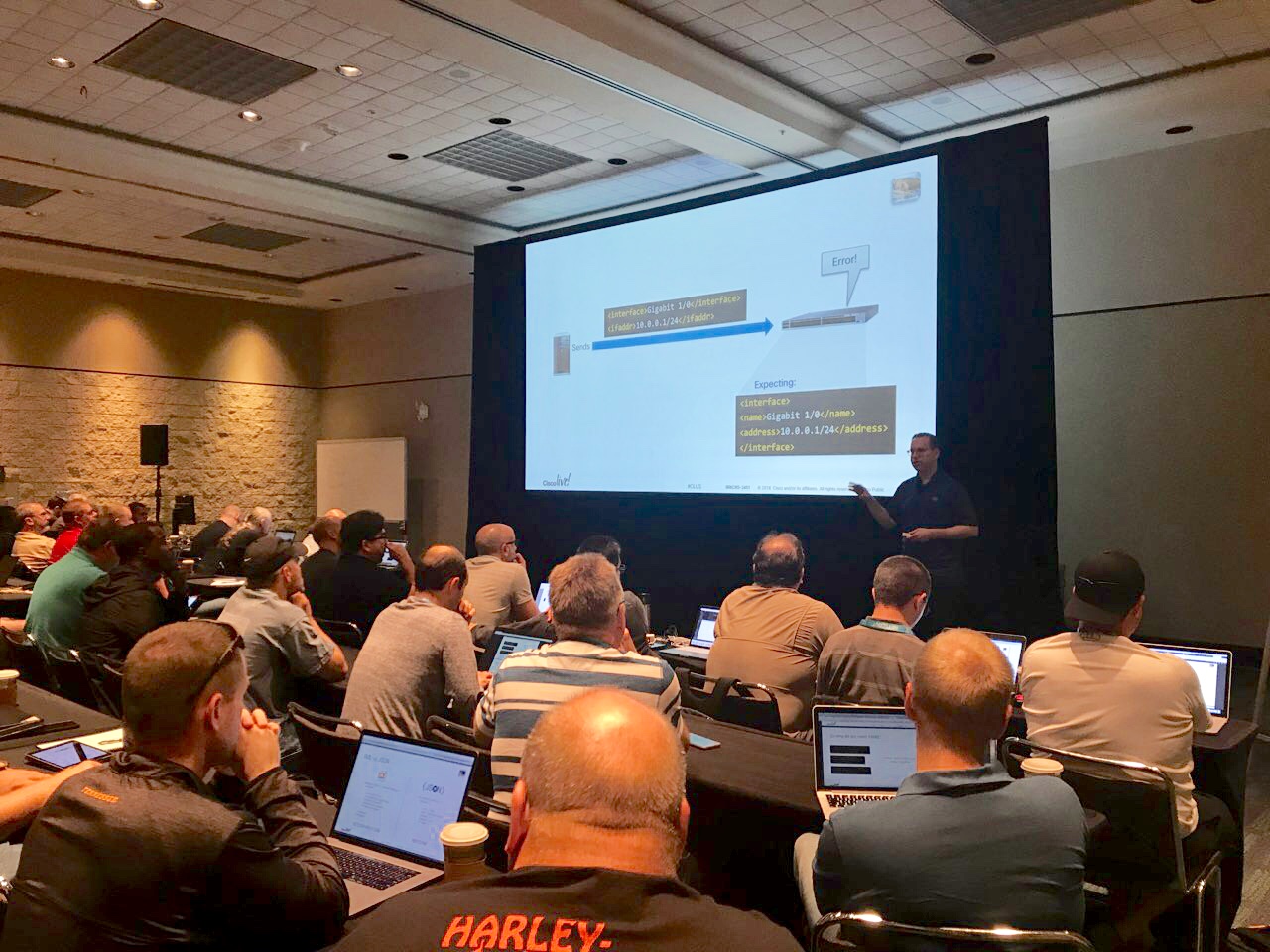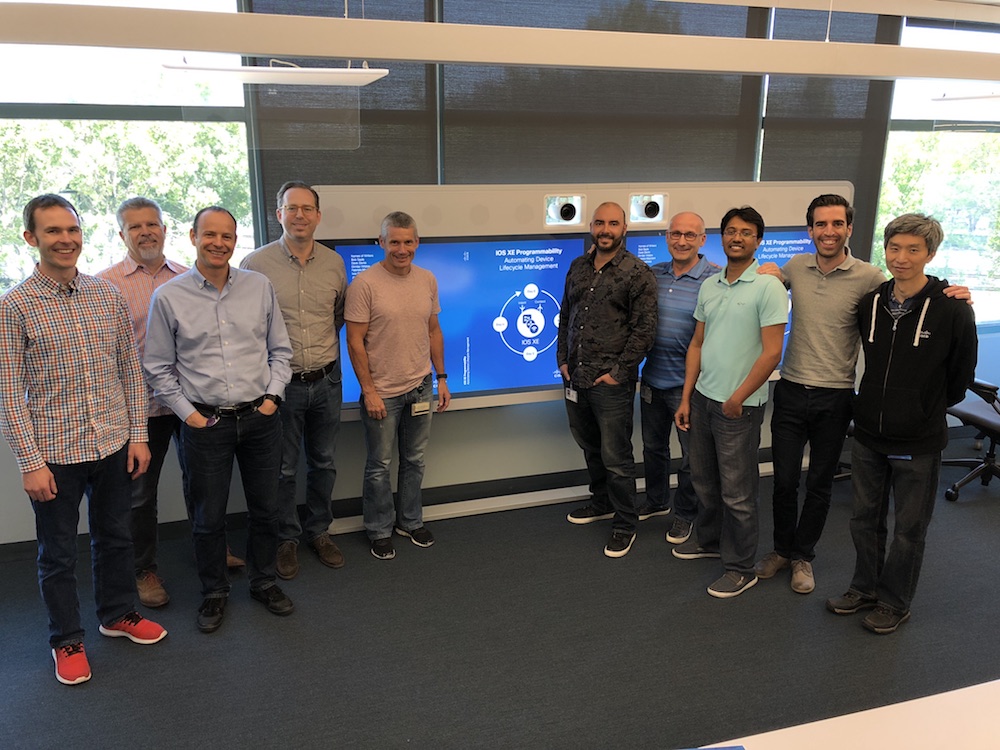I’ve been in this industry a while now, and I’ve done a lot of jobs. Certainly not every job, but a lot. My first full time network engineering job came in 2000, but I was doing some networking for a few years before that. I often see younger network engineers posting in public forums asking […]
A Passive Star
I was hoping to do a few technical posts but my lab is currently being moved, so I decided to kick off another series of posts I call “NetStalgia”. The TAC tales continue to be popular, but I only spent two years in TAC and most cases are pretty mundane and not worthy of a […]
Cisco IOS XE Programmability Book
In a previous post I had mentioned I co-authored a book on IOS XE Programmability with some colleagues of mine. For those who are interested, the book is available here. The book is not a comprehensive how-to, but a summary of the IOS XE features along with a few samples. It should provide a good […]
TAC Tales #15: Loopy
I’ve mentioned in previous TAC Tales that I started on a TAC team dedicated to enterprise, which made sense given my background. Shortly after I came to Cisco the enterprise team was broken up and its staff distributed among the routing protocols team and LAN switch team. The RP team at that time consisted of […]
On Being a Dinosaur
An old networking friend whom I mentored for his CCIE a long time ago wrote me an email: I’ve been a CCIE for 10 years now, he said, and I’m feeling like a dinosaur. Everyone wants people who know AWS and automation and they don’t want old-school CLI guys. It takes me back to a […]
Cisco Live US 2018
Cisco Live Orlando has wrapped up, at least for me, and I can relax until Cisco Live Europe in January. I never realized how much work goes into Cisco Live until I became a TME. Building labs, working on slides, preparing demos, and arranging customer meetings is a months-long process and always a scramble at […]
Two Years of Ten Years a CCIE
Two years ago I published my Ten Years a CCIE series. Actually, I had written the series a couple years before I published it, but as I say in my introduction to the series, I felt it was a bit self-indulgent an uninteresting, so I scrapped it for a while. The original pieces were dictated, […]
TAC Tales #14: Stuck in Active
Everyone who’s worked in TAC can tell you their nightmare case–the type of case that, when they see it in the queue, makes them want to run away, take an unexpected lunch break, and hope some other engineer grabs it. The nightmare case is the case you know you’ll get stuck on for hours, on […]
Book Sprint
[et_pb_section admin_label=”section”][et_pb_row admin_label=”row”][et_pb_column type=”4_4″][et_pb_text admin_label=”Text”] I’m somewhat recovered from an exhausting week. I spent last week with a team of 10 others locked up in building 4 at Cisco writing a book using the book sprint methodology. Several of the TMEs who report to me got together and wrote a book on Software-Defined Access earlier […]
TAC Tales #13: All Zeros
A common approach for TAC engineers and customers working on a tough case is to just “throw hardware at it.” Sometimes this can be laziness: why troubleshoot a complex problem when you can send an RMA, swap out a line card, and hope it works? Other times it’s a legitimate step in a complex process […]


